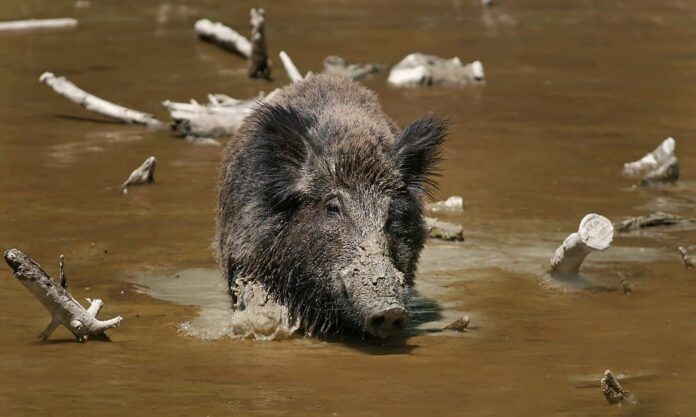Invasive animal species is an animal that is not indigenous or native to a particular area. Once it is introduced to a new environment, it causes harm or becomes a threat to the native organisms there. An invasive species can be animals, plants, and more, but we are talking about dangerous invasive animal species today. Let’s find out what they are and what they do with us below.
1Brown Tree Snake
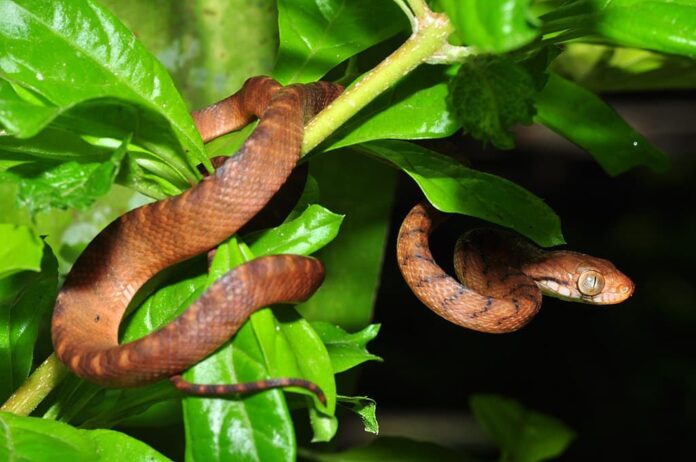
This snake species is native to Australia, Indonesia, and Papua New Guinea. It was accidentally introduced to Guam in the 1950s in imported cargo during the final days of World War II. Since then, brown tree snakes are responsible for the local extinction of most of the native birds of the island. In fact, it has eliminated two endemic bird species, two native bat species, and several seabird species in Guam and the Solomon Islands. Then the snakes start to favor native lizards in the areas after the birds are gone.
At the same time, it also caused cascading ecological effects by removing native pollinators. This leads to the subsequent decline of native plant species there in Guam. Brown tree snakes also cause power outages when they climb utility poles because they are out of control. Are brown tree snakes dangerous? Yes, they are. Brown tree snakes are aggressive and venomous, and they will bite even if slightly threatened although the bite is not fatal.
These snakes have a reputation for decimating the population of small vertebrates in the habitats that it colonizes. Even the younger snakes are able to consume small amphibians, birds, lizards, and other reptiles. In the future, there is a possibility that the brown tree snakes could invade other islands nearby. This is why the Hawaiian Islands where endemic bird species are abundant are on high alert to prevent these snakes from coming.
2Burmese Python
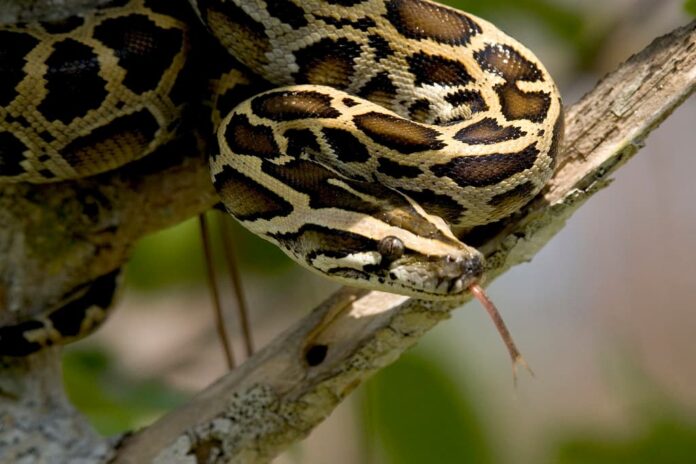
Exotic pet trade is the main reason that Burmese pythons of Southeast Asia become an invasive species in the US. Back in the 1990s, Burmese pythons were one of the popular animals in the international pet trade in Florida. It is only normal that some of them escaped their enclosures or were released by their owners into the wild. Their population started to grow in 2000, and things began to get serious since then in this state.
Because of them, the population of bobcats, deer, foxes, marsh rabbits, possum, and raccoons have declined by as much as 99%. Even the alligators that are the predators of the swamps can fall prey to the Burmese pythons sometimes. These pythons do not only hunt native animal species but also compete for the native wildlife for food. Their presence has caused birds, mammals, and other reptiles a lot of difficulties in foraging in the area.
Burmese pythons grow very fast, and they reach an average length of 12 feet at least. Not to mention that these pythons breed every year with a clutch of between 20 to 50 eggs. No doubt why their population grows as rapidly as their bodies. The bigger the pythons means the fewer the enemy they have, and these snakes can survive for long periods of time without food. Several methods have been proposed to control their numbers, and around 5000 of them had been removed in 2020.
3Cane Toad
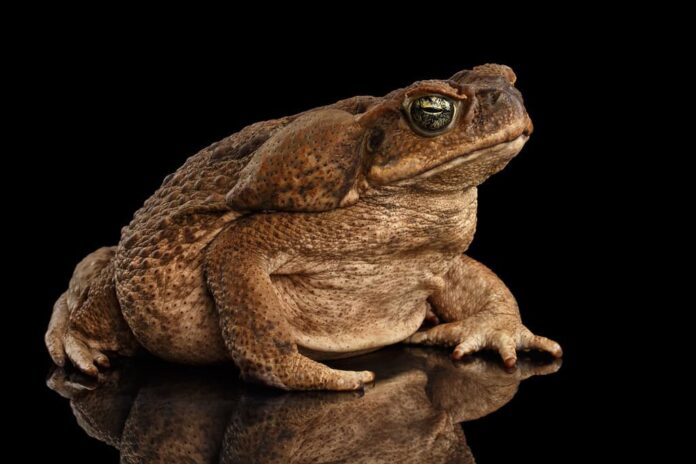
Although cane toads are great helpers when it comes to pest elimination, too many of them are just bad news. These toads are native to Central and South America, and these amphibians were introduced to Australia in 1935. They were also imported from Florida, Hawaii, most islands in the Caribbean, some Japanese islands, and the Philippines. The purpose was to get rid of cane beetles and other local pests from damaging the crops and vegetation there.
These large toads failed in getting rid of the pests, and they threaten the population of local and native insects. So why are cane toads harmful? This species of toad eats anything that they fit into their mouths, and they are poisonous. So they not only reduce prey for native insectivores but also causes death to local animals that consume them. Cane toads are poisonous from their life cycle as eggs, tadpoles, and full-grown adults. Even worse, these toads are poisonous enough to kill household pets that lick or bite them.
There have been reports of people who died after consuming soup made from boiled cane toad eggs. So these toads are also poisonous even if they are cooked. On top of that, cane toads are very hard to kill for some reason. People have spotted them coming out of brush fires or hopping away even after being run over. Because a female cane toad can lay can up to thousands of eggs each year, their population keeps on going up. Catching or trapping them by using mesh fencing is quite useful but this method also affects native fauna.
4Common Myna
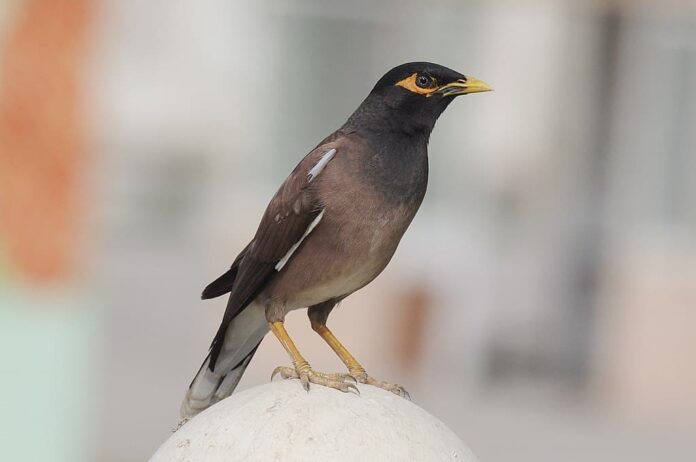
Just like cane toads, common mynas were intentionally introduced to control pests in Fiji in the late 1800s. Instead of getting rid of pests on sugar cane crops, the birds themselves have become one of the worse invasive animal species there. These birds actually eat insects that destroy crops in India and areas that they are native to. Instead, they damage bananas, chilis, pawpaws, and other crops that are the sources of income for rural farmers in Fiji.
More than that, common mynas also congregate on building roofs, pollute drinking water with droppings, and steal food from kitchens. At the same time, they also destroy the eggs of other native birds in Fiji by pushing hatchlings from their nests. The worst part is that these invasive birds are loud which is very annoying during the daytime. Fijians have used some effective methods to control their populations, but some nests in urban areas are difficult to reach.
5European Green Crab
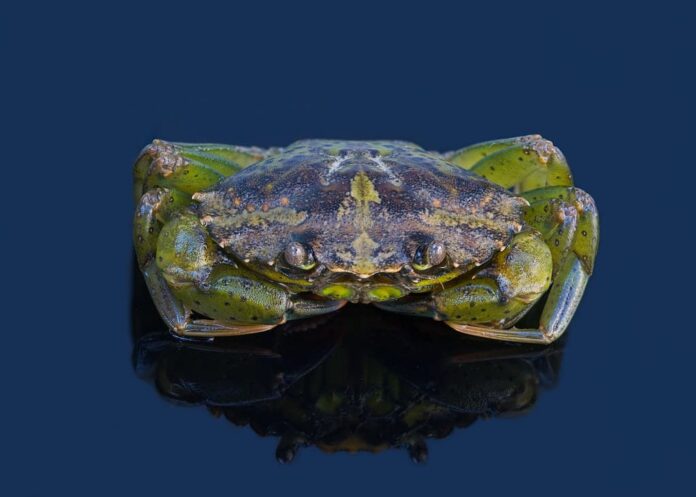
This is one of the most unwanted animal species because they are a huge threat to the balance of the marine ecosystem. Even if they are just crabs, they are predators who are adept at opening bivalve shells and harming soft-shell clams. On top of that, the European green crabs also prey on numerous other organisms on the US East Coast. This also means they are competitors for food sources of native bird and fish species.
Besides the US, they also invade other coastal areas outside their native range which are the coasts of Australia, Brazil, North America, and South Africa. European green crabs are aggressive, territorial, and vigorous, and they can survive out of the water for several days. Although it is impossible to eliminate them, their population can be limited through some methods. This is why fishermen in some areas have the permit to destroy the green crabs that they catch.
6Feral Goat
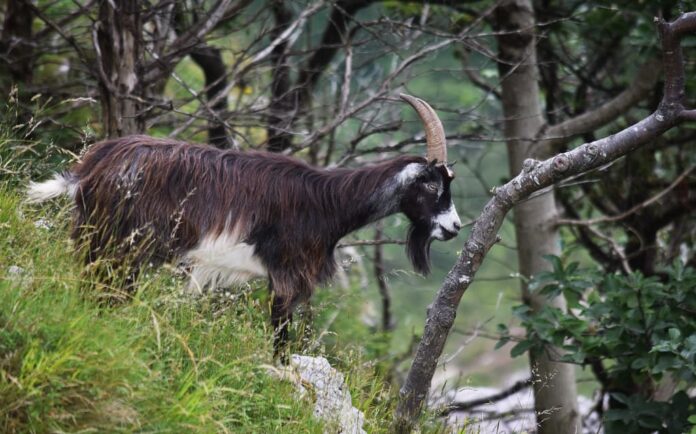
Upon their first arrival in Australia back in 1788, feral goats were quite useful since they prove meat and milk. In fact, these goats were convenient livestock for early European settlers during that time, according to the Australian Government. Now, feral goats are widespread in various habitats in all states, territories, and even on some offshore islands of Australia. Despite the fact that they have commercial value for their meat, these goats are agricultural pests. To cut things short, feral goats overgraze and they cause soil erosion due to the loss of plant roots. At the same time, they are also competitors to native animals for food as well. This is why there are control programs to protect the environment from the impacts of feral goats in some countries.
7Nile Perch
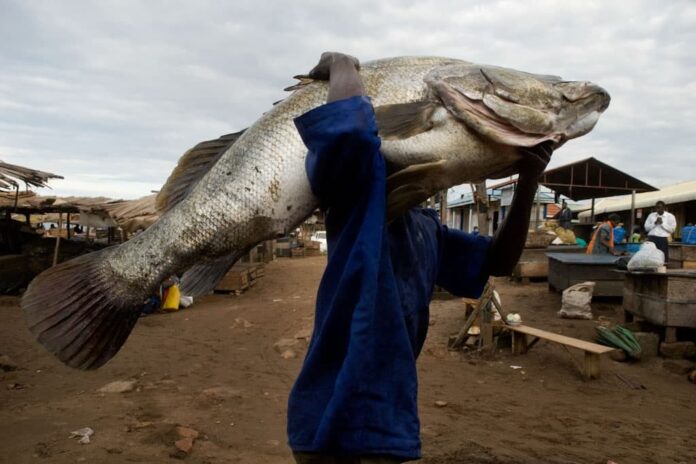
To boost the fishing industry in Africa, Nile perches were introduced to many lakes in the region in the 1950s. The introduction did help the government, but it also caused hundreds of native fish species there to extinction. Within 3 decades, 300 native fish in Lake Victoria were gone as a result of the effect on the ecosystem. Nile perch carries numerous parasites in its gills and different areas of its body. This can lead to the spread of disease among other species which is one of the reasons for native fish’s extinction. Plus with the competition for food and predation, the Nile perch is considered to be invasive species. Currently, commercial fishing is the only activity to control their population in Lake Victoria.
8Red-Vented Bulbul
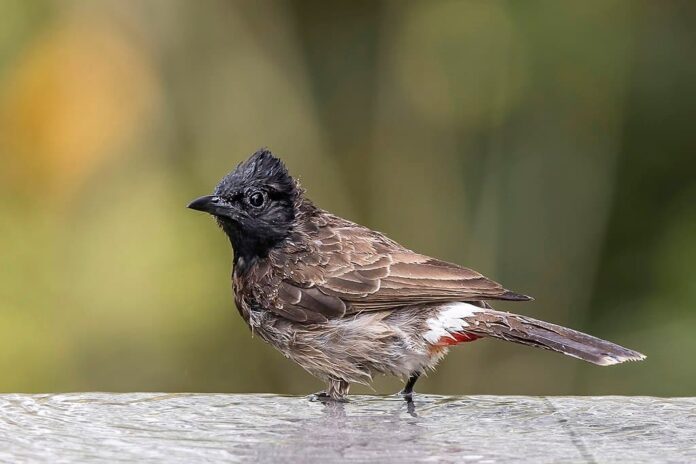
Looking nice and all, red-vented bulbul are gregarious and noisy birds that bully other native bird species. Because they are aggressive, these invasive animal species would chase off other birds which somehow prevents them from spreading seeds. As agricultural pests, the red-vented bulbuls destroy beans, flowers, fruits, peas, and tomatoes in many Pacific Islands where they invade. Along with that, these birds also cause impacts to agriculture and biodiversity by disposing of invasive plant seeds. This species is native to Pakistan and Southwest China, but it was introduced widely in various areas. Because it is one of the main causes of biodiversity loss, several methods and strategies have been implemented to control their population.
9Snakehead Fish
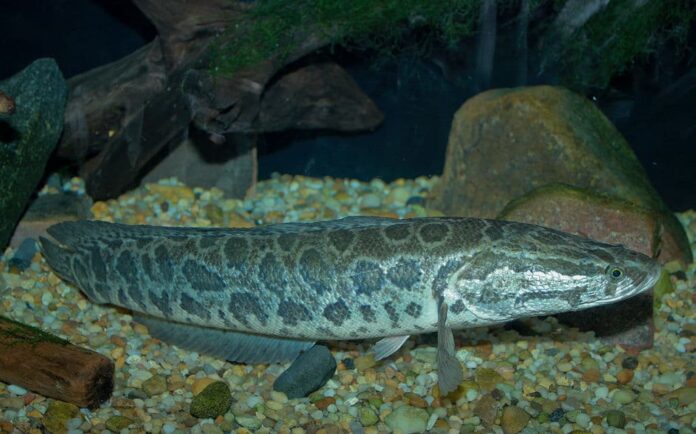
As one of the most dangerous invasive animal species, there are fishing tournaments with the sole purpose just to kill them. Neither for eating nor for sports, but to kill them. Snakehead fish is native to China, and the first of them was first discovered in 2002 in a pond in Maryland. This was after a man had released a pair of snakehead fish he had bought from a market in New York there. A female snakehead fish can carry up to 100,000 eggs, and their population spread since then.
The snakehead fish is a concern because it is a top predator that disrupts natural aquatic feeding structure in ecosystems. Along with that, these fish also compete with native species for food and habitat during all of their life stages. Snakehead fish can breathe air so if you throw on onto the land, they can get back into the water. Also, they have very sharp teeth and they have no predators outside their native habitats. People are still trying to get rid of them these days by freezing them to death.
10Wild Boar
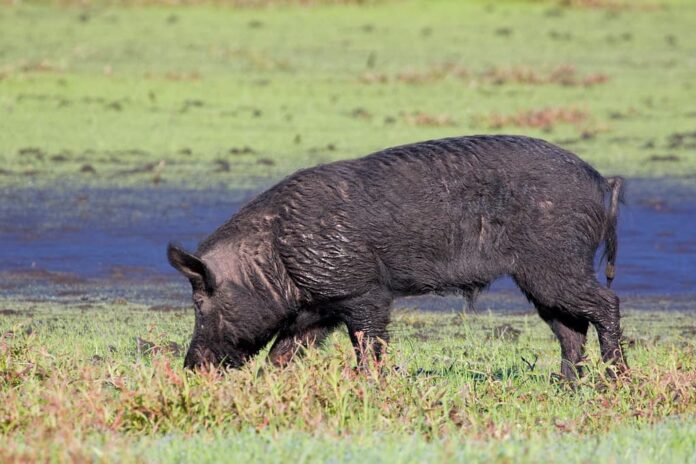
Wild boars aka feral hogs are a dangerous invasive animal species with a very hot temper. These boars are native to parts of Asia, Europe, and North Africa, and they are an invasive species in the US. European settlers brought them for food since the 1500s while others brought them for sport hunting in the 1900s. Now, there are at least 6 million wild boars throughout 47 states in the US. Feral hogs do not cause much population decline to the native animals, but they are the pests of crops and vegetation.
According to the U.S. Department of Agriculture, these invasive animal species cause at least $1.5 billion in damage annually. Those include the damage to corn, grains, and rice in those 47 states especially Texas. The thing is that they not only destroy crops but also erode soil and uproot tree seedlings, causing deforestation. This is why some states allow experienced hunters to shoot them on sight in order to reduce their number.
Related Post: Absolutely Domain Where Certain Animal Species Rule


